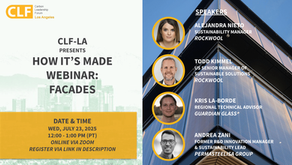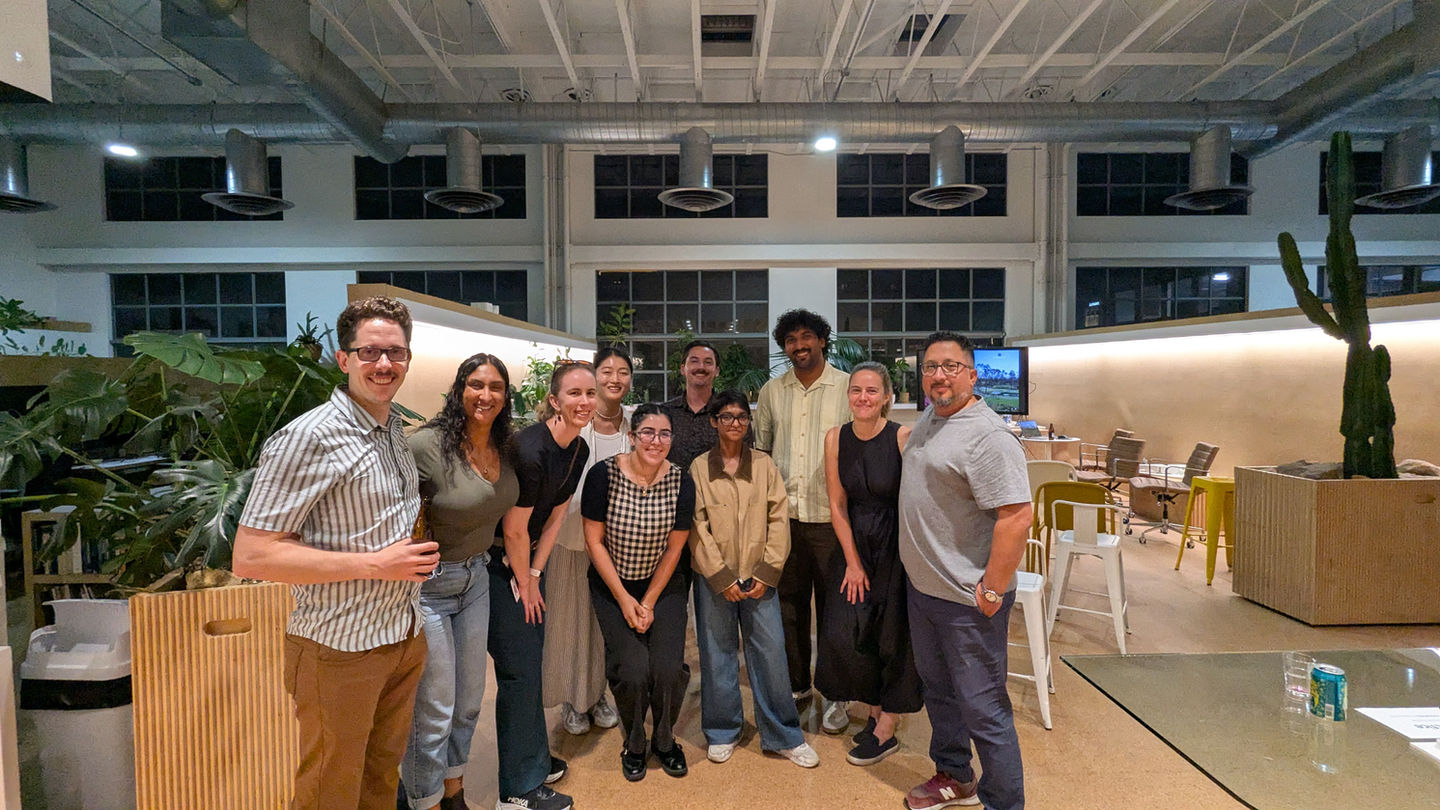CLF Los Angeles (CLF-LA) is a local hub of the Carbon Leadership Forum. We organize local events that empower industry professionals to radically reduce embodied carbon from buildings and infrastructure.
A diverse mix of professionals joins our events, including architects, engineers, contractors, sustainability consultants, material suppliers, building owners, and policymakers. Our events include informative presentations and interactive group discussions that address a range of topics relating to embodied carbon. We aim to build up local industry capacity to design and construct buildings and infrastructure that radically reduce embodied carbon.
CLF-LA is connected to the larger global network of the Carbon Leadership Forum, which brings together 5000+ professionals from 2500+ companies, 75+ countries, and 1000+ cities around the world. Since our first event in July 2020, we have covered topics from embodied carbon reduction in concrete, public policy, calculation workflows, SE 2050, and more to come.
Sign up for our mailing list to learn about upcoming events, and become a member of the Carbon Leadership Forum to join the online discussion with the global CLF community.





































































